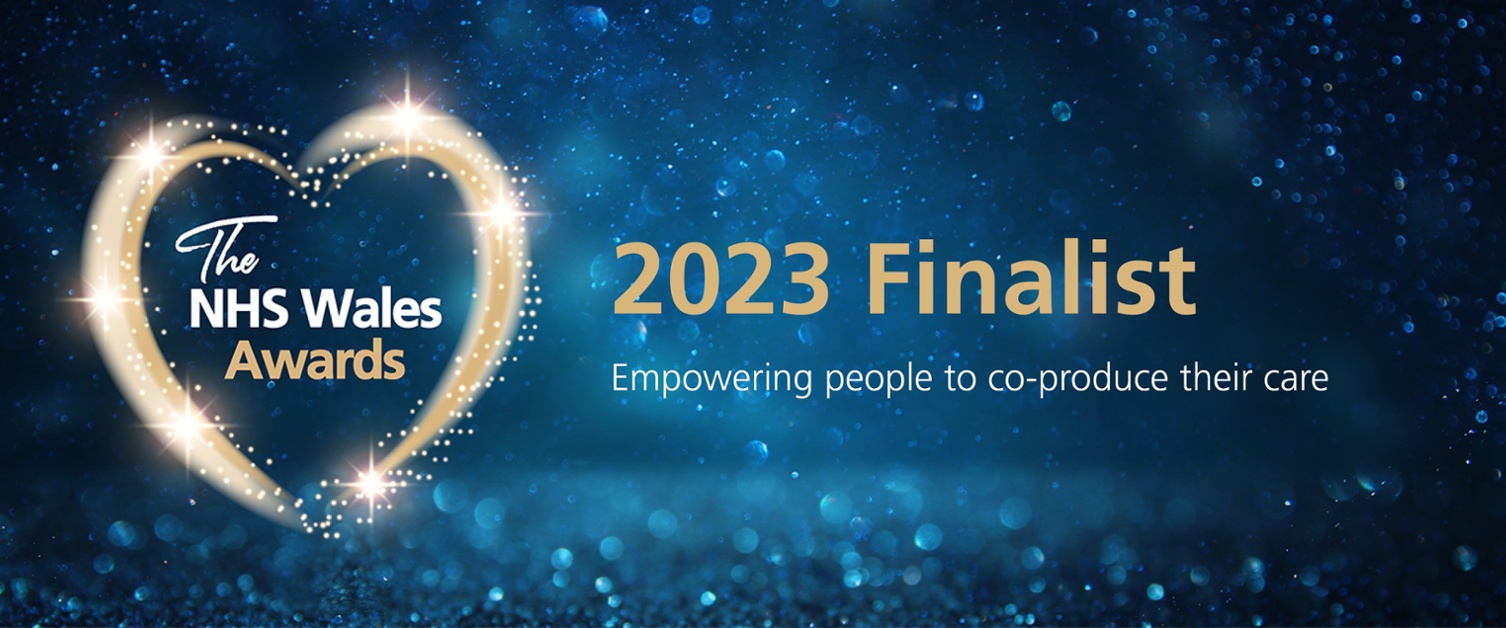Voices for change - running a patient forum in a learning disabilities inpatient hospital to enable co-production around care

Swansea Bay University Health Board
Co-production models are typically described and mediated by verbal exchange approaches, with most meeting structures dependent on verbal language exchanges. However, people with learning disabilities have differences in their language and cognitive skills and abilities that require additional support, adjustments and inclusive communication environments.
The service provided at Hafod y Wennol is an inpatient unit for people with learning disabilities with a forensic history, who have previously been in long-term out-of-area hospitals. There was a desire to provide more opportunities for patients and staff to work together to develop ideas for improving care. By facilitating a Patient Forum, it was hoped to develop a platform for patients to express their opinions in a way that enabled them to contribute more to their own care. A key factor was to ensure patient participation and use everyone’s contributions to influence what and how things happen on the unit.
The nurse manager for the service arranged meetings with the speech and language therapist, occupational therapist, activity coordinator and nurses to discuss ideas on what and how to trial the first patient forum meeting. Core communication supports were agreed, which included easy language and inclusive communication tools, an accessible meeting minutes structure, the use of photographs to aid illustration and understanding of what was being discussed, and the use of symbols to help clarify language and aid focus and attention.
It was noticed that patients were struggling to maintain attention when going through symbol supported actions from previous meetings, so these were changed to utilise a “You said, we did” approach based on photographs with minimal written language. Improved engagement was then noticed during this part of the meeting and an increase in patient confidence in active participation. Utilising visual and inclusive communication tools has enabled patients to understand the meetings better and given them tools to support their decision making and expression.